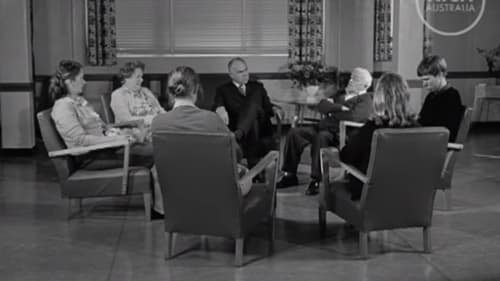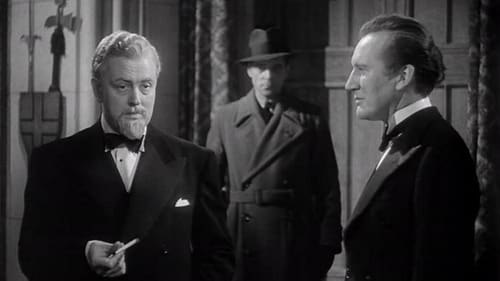
Producer
Part 2 of the History of Australian Cinema series. Covering the 1920s and 30s. From an origin that promised so much, the Australian film production industry faced new challenges from abroad which ultimately proved to be more than they could cope with. Unfortunately very few films from then now survive.

Producer
Part 1 of the History of Australian Cinema series. Australian cinema from the very beginning, from the newsreels, ethnographic and actuality films, to the controversy of "The Story of the Kelly Gang" and the success of "The Sentimental Bloke".

Producer
Shows new methods in treating those afflicted with mental health issues. Contrasts past treatment regimes where people were locked away out of sight with the new, 1960s, psychiatric ideas of "group therapy" and talking therapy. Also shows practical behaviours aimed at returning patients to productive lives in society and outpatient services.

Director
This film looks at Nauru in 1962 when it had the highest per-capita income in the world but when the depletion of the country's phosphate resources was already on the horizon meaning the only industry they had, and the only source of foreign investment, was coming to an end. Having become accustomed to the ways of the modern, industrialized world but with no way of supporting themselves how will the Nauruans maintain their lifestyle?

Producer
This film makes a general survey of the Northern Territory of Australia and indicates its potential in regard to many already established industries. These include agriculture, mining, fisheries, cattle raising, pearling and the like. The Territory is still a land of many challenging problems; its greatest limiting factor being the lack of water. In recent years transportation has been improved and education approached with vision and imagination. Housing is also being developed. Two thirds of the Territory’s work force is in Government employ.

Cinematography
Can't find what you are looking for? All you have to do is ask. Such advice is not so straightforward when you can't speak the language. By 1951, Australian postwar migration programmes were geared to receiving large numbers of non-British migrants. Considerable efforts were made to overcome prejudice on the part of the predominantly British-derived community towards the newcomers. Double Trouble was an attempt to make the point with humour. Bob and Stan, two Aussie blokes, are magically transported to the streets of a foreign country, where their inability to communicate gets them into a tight spot. They discover that it's not easy being a foreigner in a strange land. The central message in this film is that Australia needs migrants so Australians should make them feel welcome and offer assistance, not complaints.

Cinematography
Beautifully filmed in black and white, this classic short film looks at pearling in the late 1940s. It goes on board the boats that work off the coast of Broome, Western Australia, from March to December each year. Crewed mainly by Aboriginal, Malay and Chinese men, they work six days a week from sun up to sun down—replenished occasionally by supply boats that also take away their hauls of pearl shell. The film captures the atmosphere, the detail and the danger involved in the search for shell as the divers in huge metal helmets and layers of clothing under their suits dive two at a time, each with one person tending their airhose and another their lifeline.

Cinematography
In the estuaries and lagoons of the Northern Territory, freshwater and saltwater crocodile are hunted for their hides by both Indigenous and non-Indigenous hunters. This film shows Aboriginal people using age-old hunting techniques to land crocs either for food or for skins. The methods employed by the professional hunters, who earn as much as 3000 pounds during the season, are also depicted, followed by a brief look at how the hides are skinned and prepared before being transported to the leather factories of Sydney and Melbourne.

Cinematography
Made by The National Film Board 1947. Directed by Catherine Duncan. Christmas in Australia is a mid summer festival, with temperatures rising high. Over the years many of the traditional northern hemisphere Christmas customs have been modified to fit the climate. Cool drinks have taken the place of hot refreshments and much time is spent out of doors but the spirit of Christmas is unchanged and Santa Clause still arrives with snow glistening in his beard!

Assistant Director of Photography
In Australia, children live in the Outback, too far from others to travel to any school. The Australian government has a school with no student only teachers that correspond with their pupils and teach those children at their own pace.

Lehmann
At the height of World War II, the Germans discover that a certain British personage is to stay at the country house of Lord Buckley. They devise a plan whereby they will kidnap the real Lord Buckley, and send to England an actor who will masquerade, lie in wait for the visitor with a number of gunmen, and take him back to Germany.










